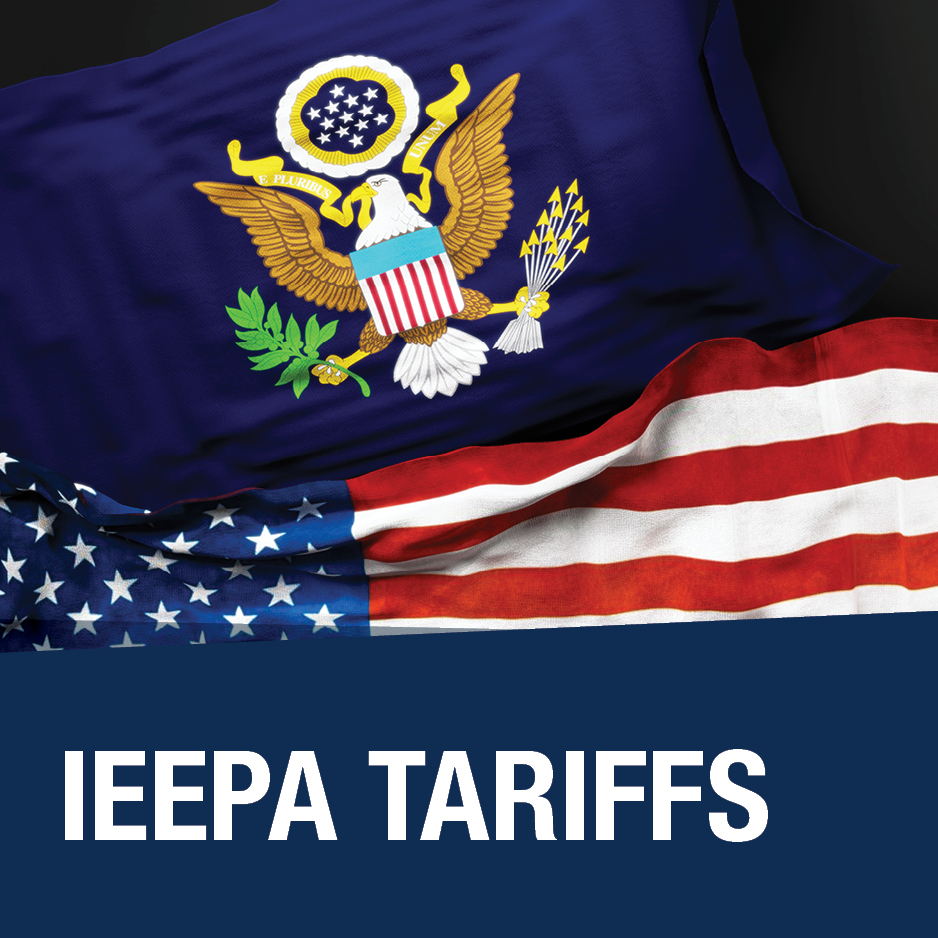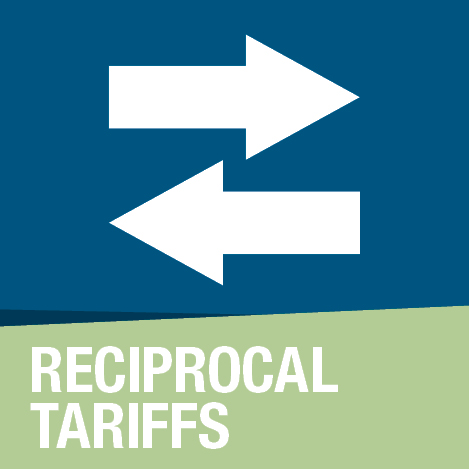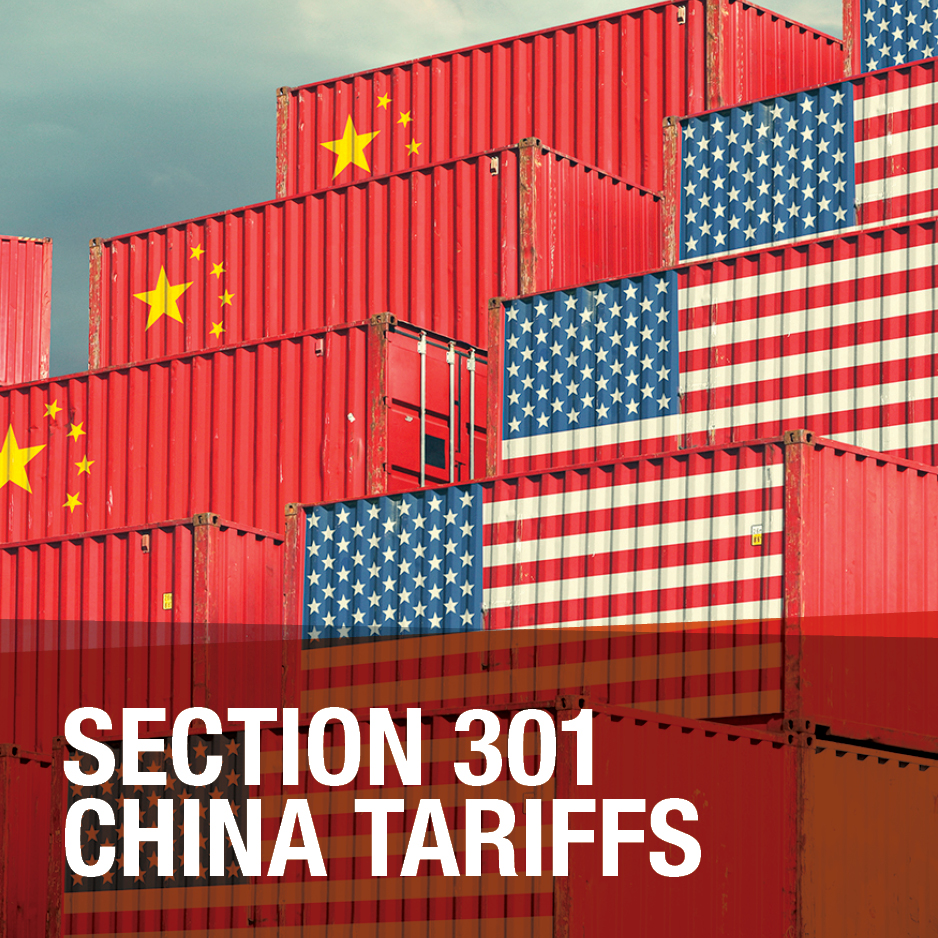
Tariffs and Trade
Tariffs & Trade Impacting the Automotive Aftermarket Latest News
The Auto Care Association is actively monitoring this evolving situation and will provide updates as new information emerges. Check this page regularly for the latest developments.
Member-only Resource
Auto Care Tariff Calculator
Use our tariff calculator to help you identify which recent U.S. tariffs may apply cumulatively to your products.
See CalculatorHas your business been impacted by Tariffs?
We welcome your feedback to help us better understand and assess the impact of these tariffs on our industry and businesses. Please share with us by contacting Angela Chiang, director, international affairs, at angela.chiang@autocare.org.
Share Your Impact StoryCurrent Status
On March 26, 2025, President Trump issued a proclamation imposing a 25% tariff on imports of automobiles (effective April 3, 2025) and certain automobile parts (tentatively effective May 3, 2025).
Current Status
Effective March 7, 2025, imports from Canada and Mexico that meet USMCA rules of origin are exempt from the additional IEEPA duties. Imports that do not satisfy USMCA rules of origin are subject to a 25% tariff rate. Energy products from Canada and potash from Mexico and Canada are subject to a reduced tariff rate of 10%.
Effective March 4, 2025, imports from China are subject to a 20% tariff rate, an increase from a 10% tariff rate that went into effect on Feb. 4, 2025.
Note that many products imported from Canada and Mexico were already duty-free under MFN rates, making USMCA declarations unnecessary. Under the new policy, importers must document and ensure USMCA compliance (if eligible) to be exempt from the IEEPA tariffs. Otherwise, the 25% IEEPA tariff would apply.
Current Status
On April 1, 2025, President Trump issued an Executive Order under the International Emergency Economic Powers Act (IEEPA) to establish a 10% baseline tariff and country-specific reciprocal tariffs on imported goods.
On April 9, 2025, President Trump issued an order delaying the country-specific reciprocal tariffs effective April 10, 2025. The country-specific reciprocal tariffs originally went into effect on April 9, 2025 and will be suspended for 90-days, after which the country-specific rates in Annex I will apply.
The baseline 10% tariff remains in effect for all products from all countries during this time, except for products that are covered by the exemptions listed in the original order (see below).
However, the 90-day pause does not apply to China due to their retaliatory tariffs on U.S.-origin goods. China's reciprocal tariff rate has increased from the original 34% to 84% and now to 125%. This applies to goods entered for consumption, or withdrawn from warehouse for consumption, on or after 12:01 a.m. EDT on April 10, 2025.
Current Status
As of March 12, 2025, the expanded Section 232 tariffs on steel and aluminum are now in effect. All imports of steel and aluminum are subject to a 25% tariff, and previous country exemptions and tariff-rate quotas have been eliminated.
The tariffs also apply to certain derivative products based on the steel and aluminum content. The product exclusion process has been terminated, meaning previously approved exclusions are no longer valid.
Current Status
The Section 301 China tariffs implemented in 2018-2019 remain in effect, with most tariff rates unchanged since their initial implementation. While some product exclusions have been extended, the majority have expired, except for a limited set scheduled to expire on May 31, 2025.
Additionally, a new 20% tariff on imports from China was imposed under IEEPA, taking effect on Mar. 4, 2025.
ILA and USMX Reach Tentative Agreement to End East and Gulf Coast Port Strike
On Oct. 3, 2024, the International Longshoremen’s Association (ILA) and the United States Maritime Alliance, Ltd. (USMX) representing ocean carriers and marine terminal operators, announced that they have reached a tentative agreement to suspend the East and Gulf Coast port strikes until Jan. 15, 2025.
According to sources familiar with the negotiations, the tentative agreement includes a wage hike of 62% over the life of the 6-year contract. The ILA had been seeking a 77% raise while the USMX had previously offered a nearly 50% raise. While a compromise had been reached regarding wages, other issues including automation and benefits are still being addressed.
In a joint statement, the ILA and USMX said:
"The International Longshoremen’s Association and the United States Maritime Alliance, Ltd. have reached a tentative agreement on wages and have agreed to extend the Master Contract until January 15, 2025, to return to the bargaining table to negotiate all other outstanding issues. Effective immediately, all current job actions will cease, and all work covered by the Master Contract will resume."
The strike had far-reaching economic implications. As previously shared, the East and Gulf Coast ports account for 60% of the import and export containers through U.S. seaports. The resolution of the wage dispute brings temporary relief to businesses and consumers who were bracing for prolonged disruptions.
As the ports resume full operations, attention now turns to clearing the backlog of containers that built up during the strike. The recovery process will likely take time, as ports work to manage delayed shipments and restore normal operations.
We encourage you to share your port strike impact stories to help support our advocacy efforts on your behalf.
Read the Coalition LetterLatest News
 On Your Behalf
On Your Behalf Press Release
Auto Care Association Submits Comments, Economic Study to USTR, Warns Proposed Shipbuilding Remedies Will Harm American Consumers, Businesses
 On Your Behalf
On Your Behalf Auto Care Association Joins Coalition Letter in Opposition of USTR's Shipping Remedies Proposal








Leave a comment